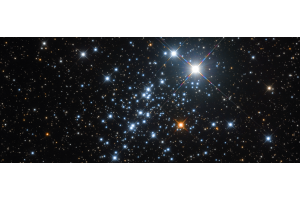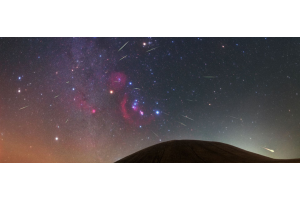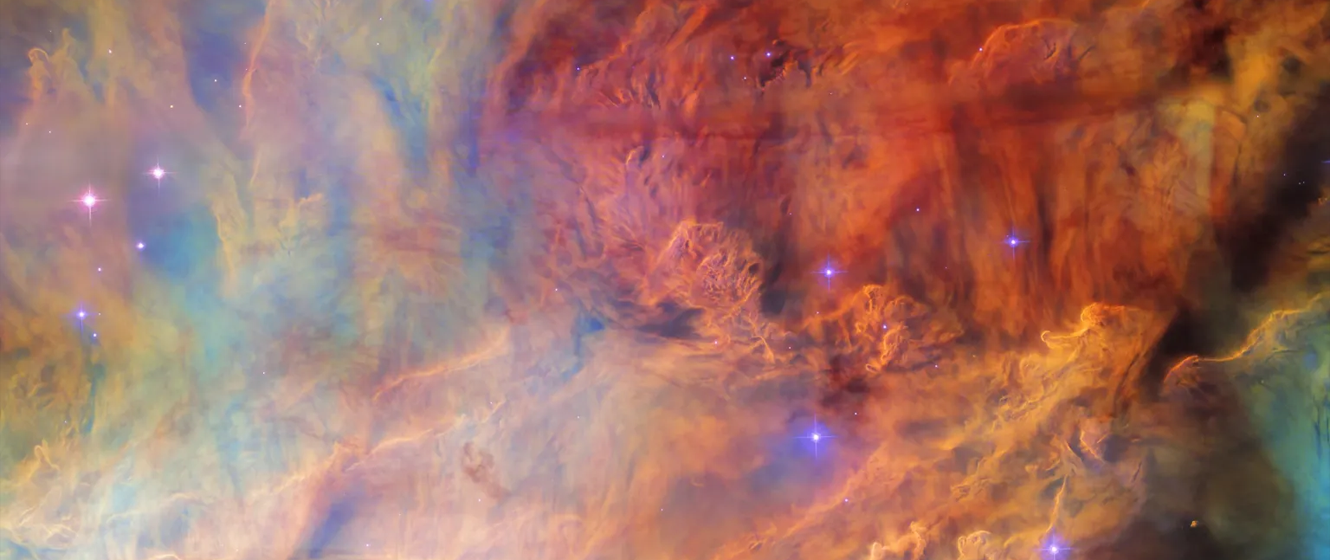
In this episode of What's in the Sky this Month, Teagan reviews some of the beautiful celestial objects you can see in the month of July 2025!
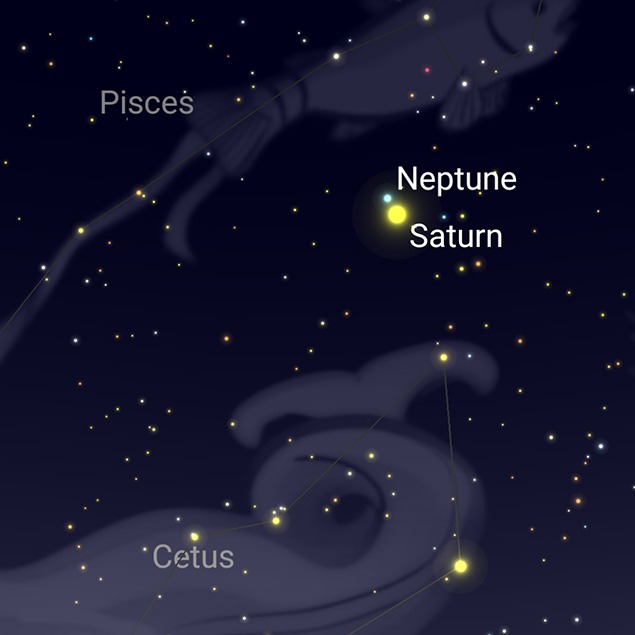
Image credit: SkySafari
Saturn & Neptune
It isn’t quite a “once in a lifetime” event, but this is certainly generational! Every 36 years or so, Saturn catches up to Neptune in the night sky, and although the pair have been within the same 10x50 binocular field of view since March 21st, from June 27th to July 17th the gap between them will be less than a degree.
They’ll be closest on July 6th, when just 58.4 arcseconds will separate the two, giving both visual observers and astrophotographers a unique opportunity to see these giant worlds together. The downside is that you’ll need to be outside several hours before dawn. They’ll come together again next February, but their low altitude at that time will make observations difficult.
OUR NEAREST NEIGHBORS
Mercury will be a relatively easy target for the first half of the month and appears low over the western horizon from around 15 minutes after sunset; unfortunately, there’s no Moon nearby to help you locate it. Mars continues to glow dimly for a few hours after sunset and crosses into Virgo on the 28th, where it’s joined by a crescent Moon that evening. Saturn and Neptune are observable for a few hours before the predawn twilight, with a last quarter Moon appearing above Saturn on the 16th. Uranus is edging into the morning sky, with Venus appearing within the same 10x50 binocular field of view for the first nine days of the month. The pair will be closest on the 4th, but spotting Uranus will mean rising about 90 minutes before dawn, while the sky is still relatively dark. Venus then continues its journey, passing Aldebaran on the 13th. Jupiter should also be visible from mid-month onwards, low in the north-northeast. A waning crescent Moon appears above Venus on the 21st, then directly above Jupiter the following morning, and then to the left of Jupiter on the 23rd. July’s Full Buck Moon occurs on the 10th, with the Moon then turning new on the 24th.
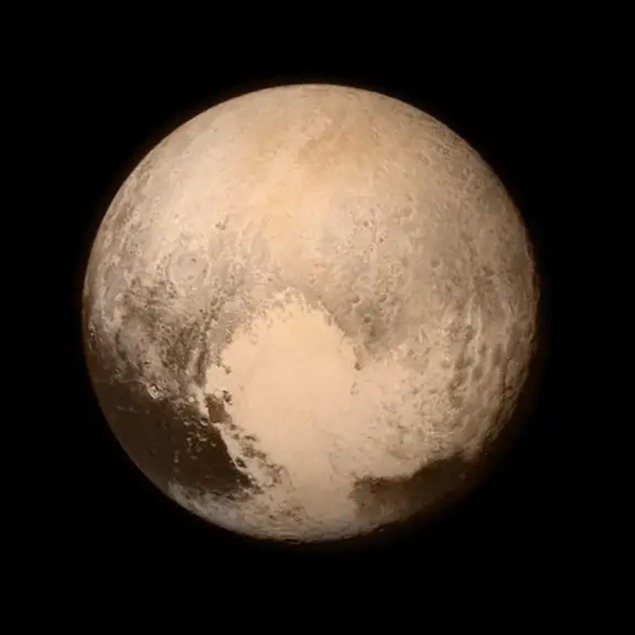
Image credit: NASA
Dwarf Planet Pluto at Opposition
If you’re looking for a challenge (and have the equipment to make it possible), try spotting Pluto, which is at opposition on the 24th. You’ll need a large scope, dark skies, and a detailed star chart or app to identify it.
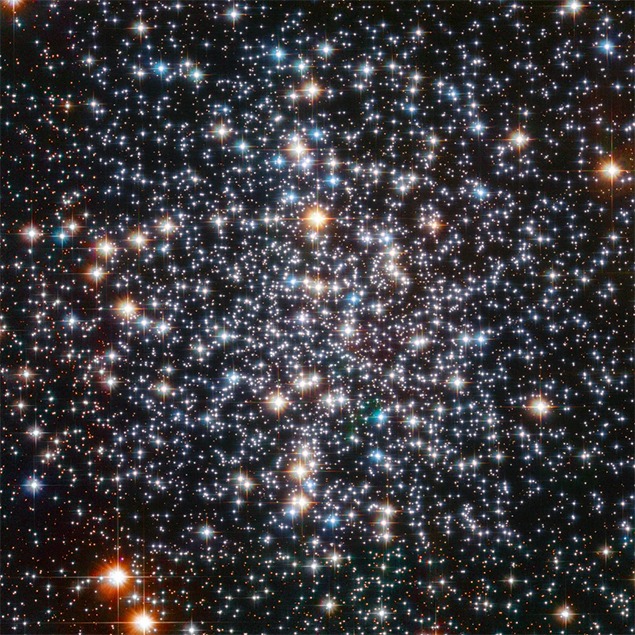
Image credit: ESA/Hubble & NASA
Messier 4
A neat little globular star cluster conveniently located between Antares and Al Niyat in Scorpius, Messier 4 shows some resolution with averted vision at around 40x, while doubling the magnification will reveal a prominent bar of stars intersecting the cluster’s core.
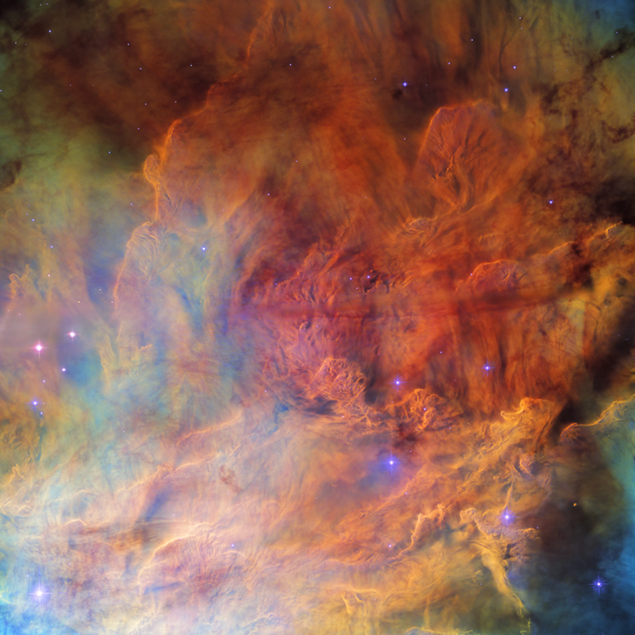
Image credit: ESA/Hubble & NASA, ESO, and O. De Marco
Messier 8 - The Lagoon Nebula
The Lagoon Nebula is bright enough to be spotted with the naked eye, but you’ll need to be under dark skies to see it. Otherwise, binoculars will pick it up, telescopes will provide a fine view, and the nebula is simply stunning in photographs.

Image credit: ESO
Messier 16 - The Eagle Nebula
Another favorite for astrophotographers is Messier 16, the Eagle Nebula. The star cluster within it is detectable with binoculars, but a telescope is needed to see the nebula itself, which is particularly apparent to the south of the cluster.
STELLAR CONCEPTS
Dwarf Planet: Pluto was once considered to be the ninth planet in the solar system, but there were inconsistencies that set it apart from the others. When additional worlds were discovered at a similar distance, with similar characteristics, astronomers realized the definition of a planet needed to be revised. As a result, Pluto was demoted, and a new category - dwarf planets - was created to accommodate it and similar worlds. A key characteristic of a dwarf planet is that, unlike the eight regular planets, it shares its orbital zone with other bodies (typically asteroids).







